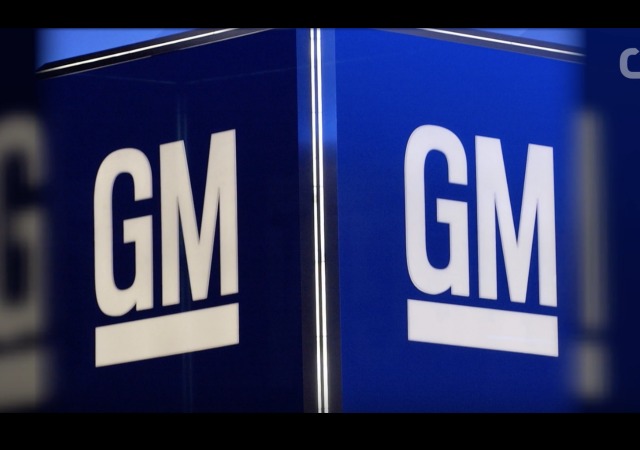GM Shuts Down Venezuela Plant After Government Seizure

General Motors has closed down its Venezuela plant after the socialist country seized the plant on Wednesday. Officials swiped the company’s “production facilities and car stock,” which forced GM to lay off 2,700 workers.
The closure comes only a day after Venezuela erupted in more protests that have left at least three dead. President Nicolas Maduro’s policies have left people jobless and without food.
Bloomberg reported:
GM’s factory was “unexpectedly taken by the public authorities, preventing normal operations,” according to an emailed statement. The Detroit-based automaker said it “strongly rejects the arbitrary measures taken by the authorities and will vigorously take all legal actions, within and outside of Venezuela, to defend its rights.”The plant shutdown took place as protesters flooded the capital city of Caracas in the biggest show of opposition to President Nicolas Maduro’s government in months. The auto industry has collapsed, with sales plunging 92 percent in March, as a shortage of dollars has pushed new car prices beyond the means of all but the wealthiest Venezuelans.
GM has suffered a production downfall due the inability to “obtain hard currency to import car parts” since Venezuela has such strict currency controls. GM manufactured 5,052 vehicles in 2015, but did not produce a single one in 2016. The Venezuelan auto industry group Cavenez stated that the company has not produced anything so far this year.
Seven companies make up Cavenez: Chrysler, Ford, GM, Iveco, Mack, MMC, and Toyota. Statistics have shown that the group only made 2,849 cars in 2016, which was down 84% from 2015. In 2017, the seven had only made 240 cars. Venezuela houses over 30 million people.
From Bloomberg:
Operating in Venezuela has been a costly endeavor for years. GM reported charges of $720 million in 2015 and $419 million a year earlier related to currency devaluation and asset impairment in Venezuela.GM said in its annual report filed in February that it was closely monitoring the environment in Venezuela to assess whether changes meant it no longer maintained control of its local subsidiaries. If such a determination was made, the company said it could incur a charge of as much as $100 million.
Riots
GM’s closure is just the latest slap in the face to the socialist country. Opposition to Maduro exploded into what the protesters called “the mother of all marches” on Wednesday to protest against the government. From The Guardian:
“We are desperate and tired of living in misery,” said Kelvyn Cava, a former Chavista from the eastern state of Zulia. “With Chávez our salaries were worth something. Now, if hunger doesn’t kill us, then crime will.”A group of Catholic clergy were also among the crowd, although the Vatican has tried to adopt a neutral position in hosting talks between the two sides.“I came with several priests because we have reached the breaking point for this regime of narcotraffickers and terrorists. We need peace and to reconstruct this country,” said Father José Palmar.“We ask Pope Francis to do for Venezuela what Pope John Paul II did for Poland,” he add, referring to the role that the Catholic church played in overthrowing communism in eastern Europe during the Soviet era.
Translation: College student dies during anti-government protests.
Three people died during this protest. Carlos Moreno, 17, was shot in the head, but his sister said he did not plan on joining the marches. Instead, he was headed to play soccer.
Paola Andreina Ramirez Gomez was shot to death and died from massive blood loss before medical help arrived.
Venezuelan National Guard Sgt. Niumar Jose San Clemente Barrios was also shot to death.
This occurred after Maduro declared he will provide “guns to as many as 400,000 loyalists.” Five years ago, Venezuela banned citizens from owning guns. The government strengthened this law “through a combination of gun buybacks and confiscations in the summer of 2016.”
CLICK HERE FOR FULL VERSION OF THIS STORY